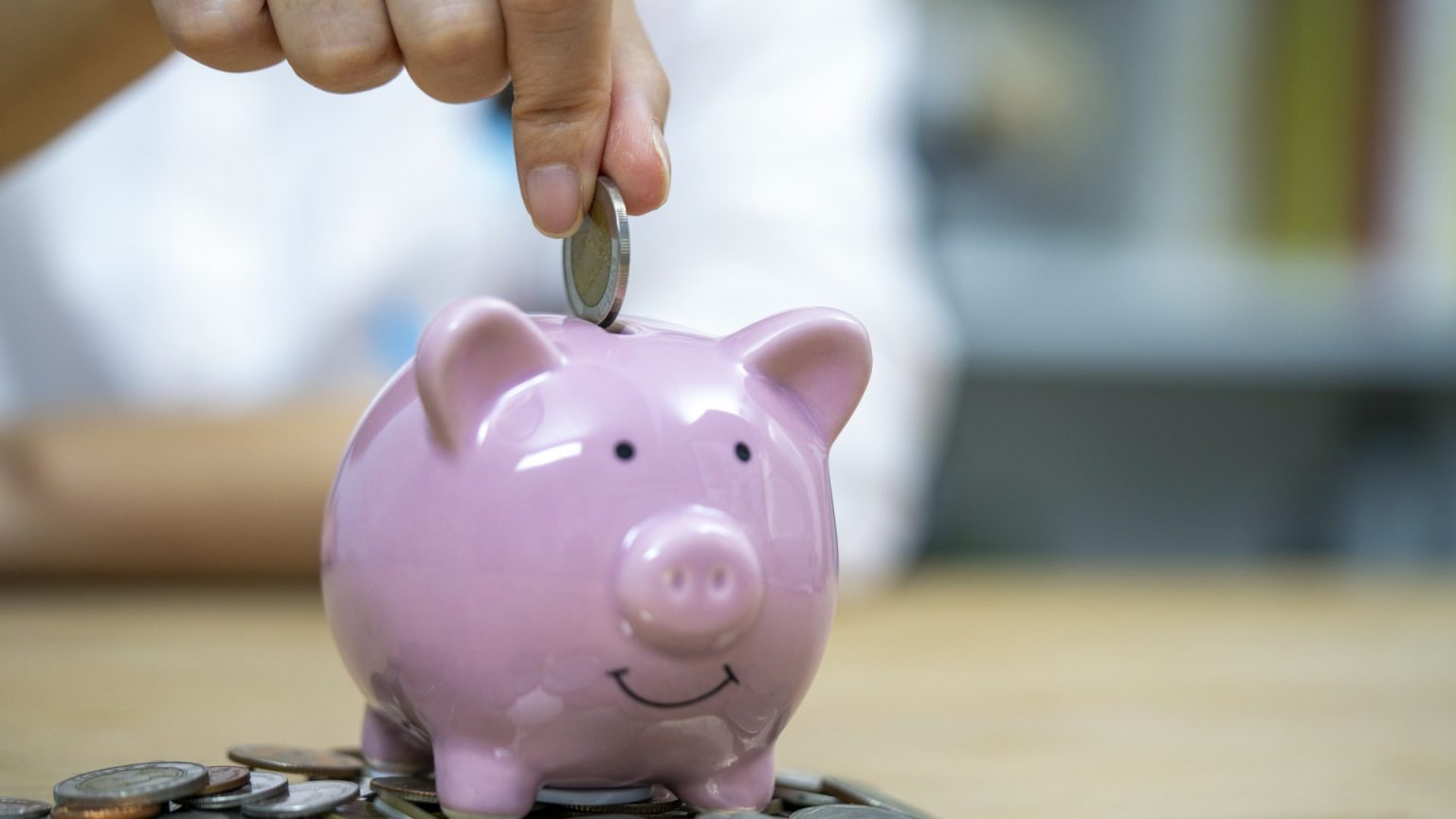In the pursuit of financial stability in 2025, leveraging technology through savings apps can be a game-changer. These digital tools offer an effortless way to accumulate savings, especially for those who struggle with traditional methods. With the decline of physical cash, these apps step in to virtually collect spare change and small amounts, culminating in a substantial savings pot by year’s end. This is often achieved through a “round-up” feature, where purchases are rounded up to the nearest whole unit, and the difference is automatically deposited into a designated savings account. While this method allows for seamless saving, it’s crucial to monitor current account balances, as they will deplete faster with frequent small purchases. The flexibility of withdrawing the saved funds at any time provides a safety net.
Several banks and specialized apps offer diverse savings options. Monzo, for instance, presents a savings challenge where users save incrementally increasing amounts daily, accumulating a significant sum over the year. Along with round-up features, Monzo offers interest on savings, protected by the Financial Services Compensation Scheme (FSCS). Plum is another app that analyzes spending patterns to determine affordable savings amounts, automatically setting aside funds. Its various plans cater to different needs, from the free basic option with automated savings and unlimited transactions to premium plans featuring savings challenges and investment options. Plum’s savings are also protected by the FSCS.
Snoop, a different kind of app, connects to bank accounts and credit cards to identify potential savings areas, like switching utility providers. By categorizing spending, Snoop helps users create budgets and avoid overspending, with notifications alerting them to potential shortfalls. A premium subscription unlocks additional features. Emma is yet another app that aggregates financial information from various accounts, providing a comprehensive spending overview. With free and paid plans, Emma facilitates budgeting, investing, and creating interest-bearing cash pots. The paid plans offer enhanced features like bill reminders and cashback.
Hyperjar offers a digital version of “cash stuffing” by allowing users to allocate funds to virtual jars designated for specific expenses or long-term goals. Users can then link their cards to these jars, restricting spending to designated retailers. Hyperjar also offers vouchers with selected retailers that accrue interest until redemption. It’s important to note, however, that Hyperjar funds aren’t covered by the FSCS, relying instead on FCA e-money regulations.
Traditional banks also provide in-app savings features. Many offer spending categorization and round-up options. NatWest, for example, features a spending and budget tracker, while Starling Bank allows users to multiply their round-up savings. These features can seamlessly integrate saving into daily financial management. When searching for the best savings rates, comparison websites like Moneyfacts, Compare the Market, and Go Compare provide valuable resources. Understanding the different types of savings accounts—fixed, easy access, and regular saver—is vital for making informed decisions.
Fixed-rate accounts offer the highest interest but restrict access to funds for a set term. Easy-access accounts offer lower returns but allow unlimited withdrawals. Regular saver accounts generate decent returns contingent on consistent monthly deposits. Choosing the right type of account depends on individual financial goals and flexibility needs. By exploring these options and utilizing available tools, individuals can strategically manage their finances and achieve their savings goals in 2025. Whether through automated savings, spending analysis, or virtual budgeting, technology empowers individuals to take control of their financial well-being.
The key to successful saving lies in choosing the method that best aligns with individual spending habits and financial objectives. While round-up features offer a passive approach, some may prefer the structured approach of regular saver accounts or the targeted budgeting offered by apps like Hyperjar. Understanding the nuances of each method and utilizing the resources available, empowers individuals to make informed decisions. Comparing interest rates and FSCS protection is crucial before committing to any platform.
Finally, it’s important to remember that saving is a marathon, not a sprint. Consistency, even with small amounts, can accumulate significant savings over time. These apps provide the framework and tools to make saving effortless and habitual, paving the way for a financially secure future. By leveraging these technological advancements, anyone can transform their financial outlook and achieve their savings goals in 2025 and beyond.
The range of apps and features available cater to a diverse range of financial needs and preferences. Whether someone seeks a simple round-up feature or a comprehensive budgeting tool, the digital landscape provides ample options. The key lies in understanding the unique features of each app and choosing the one that best aligns with individual goals. The flexibility offered by many of these apps, such as adjustable savings amounts and easy access to funds, allows users to tailor their savings strategies as needed.
In addition to dedicated savings apps, traditional banks have also embraced digital tools to facilitate saving. By integrating these features into existing banking apps, they provide a seamless and convenient way for customers to manage their finances. From spending trackers to round-up options, these features offer a more holistic approach to financial management within a familiar platform. The combination of traditional banking services with modern fintech solutions empowers users to control their spending, track their progress, and ultimately achieve their financial goals.
Ultimately, the journey to financial security in 2025 and beyond begins with a commitment to saving and a willingness to embrace the technological tools available. By exploring these apps and features, individuals can identify the methods that resonate with their preferences and financial circumstances. Whether through automated round-ups, personalized budgeting, or virtual cash jars, technology has democratized access to effective saving strategies, making financial stability achievable for everyone.


